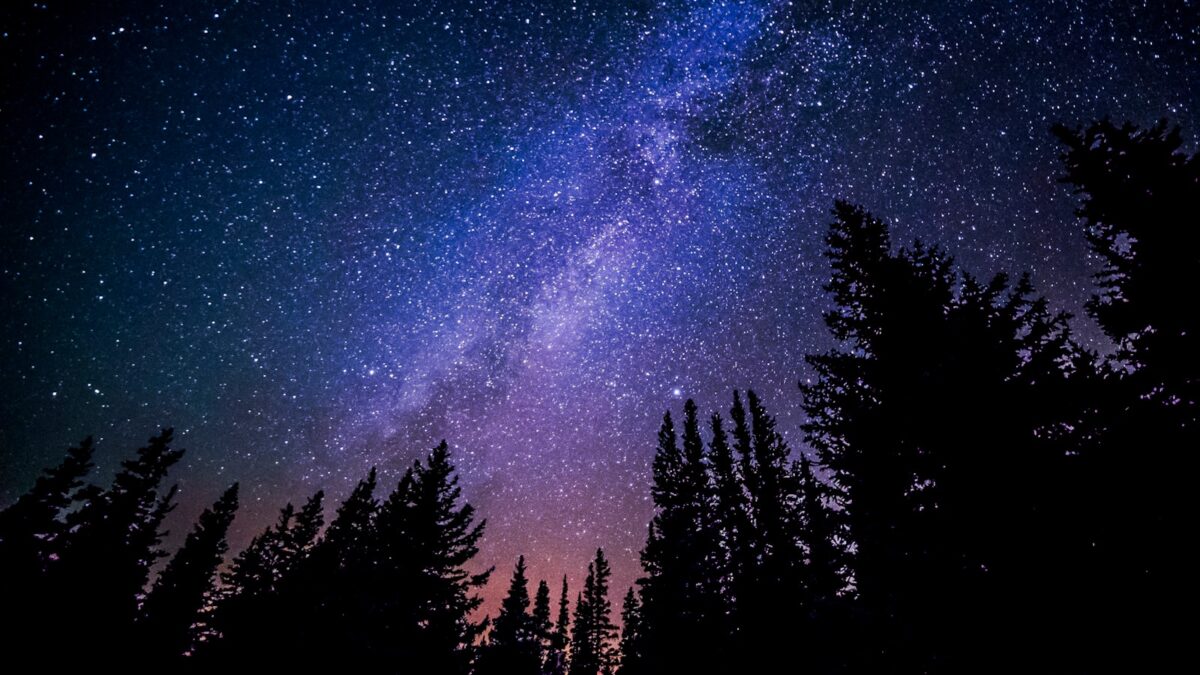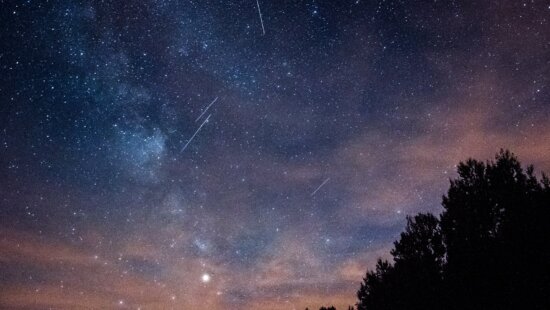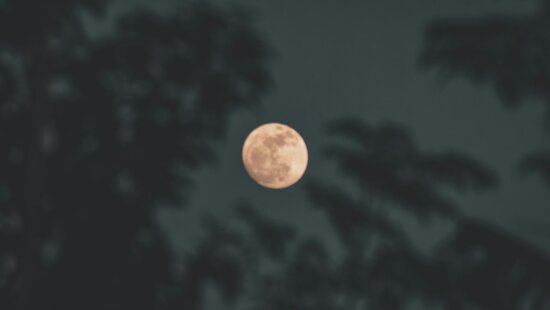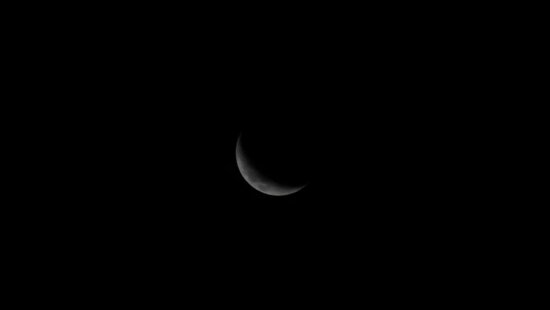News
Park City Night Sky: Flower Moon, Eta Aquarids and Planet Parade light up May 2025

Photo: Photo by Ryan Hutton
PARK CITY, Utah — Summit County’s clear skies and two nearby International Dark Sky Parks make May a banner month for stargazers, offering the Flower Moon, the Eta Aquarid meteors, four naked‑eye planets and the long‑awaited flare‑up of a distant nova, according to The Old Farmer’s Almanac and NASA.
Flower Moon rises over the Wasatch
May’s Flower Moon turns full at 10:56 a.m. MDT (12:56 p.m. EDT) on Monday, May 12, the Almanac reports. Because the moment of fullness occurs in daylight, the best local view will be at dusk on May 11 or 12, when the “micromoon” climbs above the Uinta Mountains, appearing slightly smaller than average because it occurs near lunar apogee.
Planets frame Park City sunsets and sunrises
NASA says Mars and Jupiter dominate the western sky for a couple of hours after sunset, with the first‑quarter Moon brushing past Mars on May 3rd. Pre‑dawn observers can spot brilliant Venus and fainter Saturn in the east; the two planets start the month side by side and spread apart as Saturn climbs higher each morning. The crescent Moon slips between them on May 23, according to NASA.
Meteors before dawn
The Eta Aquarid shower, dust from Halley’s Comet, peaks before dawn on May 6. NASA expects 10–20 meteors per hour for northern observers, with the Moon setting around 3 a.m. MDT to leave dark skies until sunrise. The two nights before the peak should also produce shooting stars.
Dark‑sky vantage points
For the clearest view, head 20–30 miles from city lights to one of Summit County’s nearby certified Dark Sky Parks:
- Jordanelle State Park, designated in 2021, offers reservoir‑side darkness and expansive sky views less than thirty minutes from Old Town
- Rockport State Park gained International Dark Sky status in 2021 and offers wide lakefront horizons.
A nova worth the wait
Astronomers remain on alert for T Coronae Borealis, a binary star 3,000 light‑years away that erupts roughly every 80 years. NASA says the system could brighten to rival Polaris “any time in the next few months.” Practice locating the semicircular constellation Corona Borealis—midway between Arcturus and Vega—so a “new star” will stand out when it appears.
May’s Moon phases (MDT)
- First quarter: May 4, 7:52 a.m.
- Full Moon: May 12, 10:56 a.m.
- Last quarter: May 20, 5:59 a.m.
- New Moon: May 26, 9:02 p.m.
Almanac’s best local days
The Almanac lists May 1‑2 and 29‑30 for sowing greens in Park City gardens and May 20‑21 for root crops.
The next full Moon, the Strawberry Moon, rises on June 11.




















